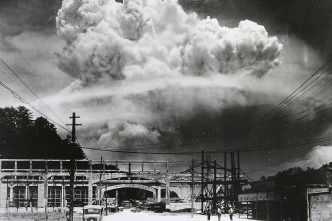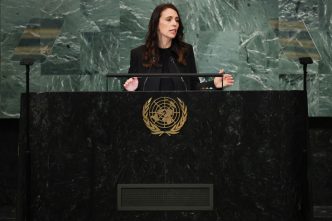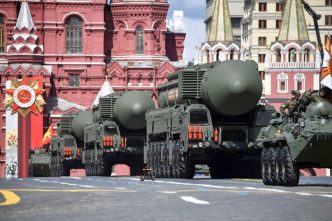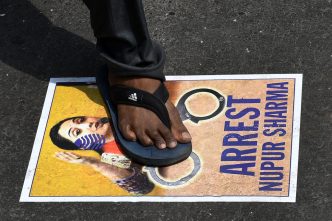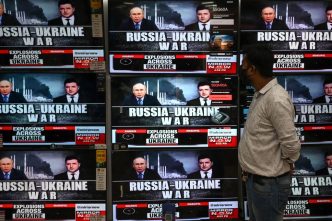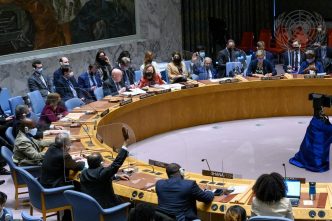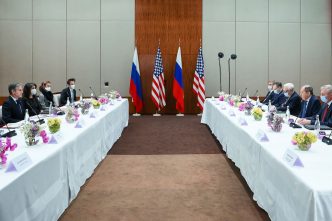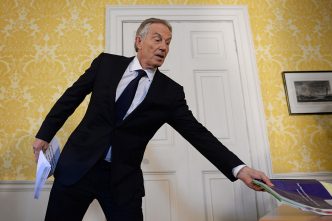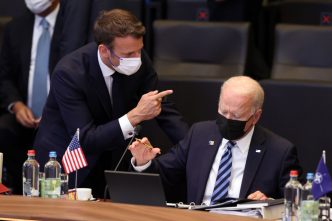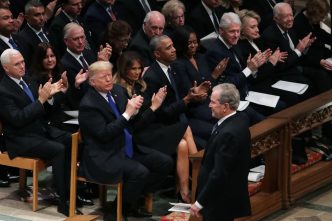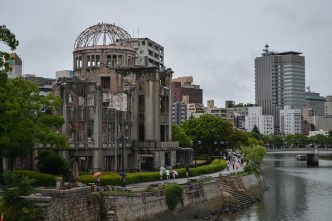Some 178 states are parties to the Comprehensive Nuclear-Test-Ban Treaty (CTBT); another eight have signed but not yet ratified. Adopted on 10 September 1996 and signed two weeks later, its birth was protracted and painful. …
India has long been interested in joining the Nuclear Suppliers Group (NSG) that was established in 1975, after India’s ‘peaceful nuclear explosion’ in the previous year, to prevent misuses of transferred nuclear technology and materials. …
Russia’s invasion of Ukraine, it’s fair to say, has already profoundly shaped the global discourse on nuclear weapons. In the deliberations at the inaugural meeting of the states parties of the Treaty on the Prohibition …
The more India’s economic weight, geopolitical clout, diplomatic heft and global profile grow, the more domestic events will attract outside attention and have international consequences. The latest example of this is Islamophobic comments made by …
What is it about some Westerners that makes them so singularly lacking in self-awareness as they assume a position of moral and intellectual superiority to issue condescending pronouncements on non-Westerners? In their chapter in the …
Last Friday, the United Nations Security Council voted on a draft resolution condemning Russia’s invasion of Ukraine and calling on it to stop the attack and withdraw its troops. Sponsored jointly by the US and …
Every great power needs an organising principle of foreign policy; great powers rise and fall on the tide of history and no power remains great forever; no great power retreats forever; there’s no way to …
Proving that history does irony, banks that once feared masked robbers now fear mask-free customers. But does history also do mockery? The 1984 Nobel Peace laureate Archbishop Desmond Tutu passed away on Boxing Day in …
Prime Minister Scott Morrison is embroiled in a tussle with both French President Emmanuel Macron and US President Joe Biden which, given the power asymmetries, risks leaving Australia exposed and vulnerable in a major-power league …
In its first comment on the new AUKUS partnership, The Economist said it represents the shifting of geopolitical tectonic plates. The defence implications for Australia and the regional and global geopolitical ramifications have been extensively …
A common intellectual parlour game is to rank American presidents in order of greatness. Abraham Lincoln, George Washington, Franklin D. Roosevelt and Theodore Roosevelt have long reigned supreme in the top four slots in C-SPAN’s …
On the 76th anniversary of the atomic bombings of Hiroshima and Nagasaki, for the first time, a global treaty is in force outlawing the bomb. Last month, I completed and dispatched to the publisher an …


